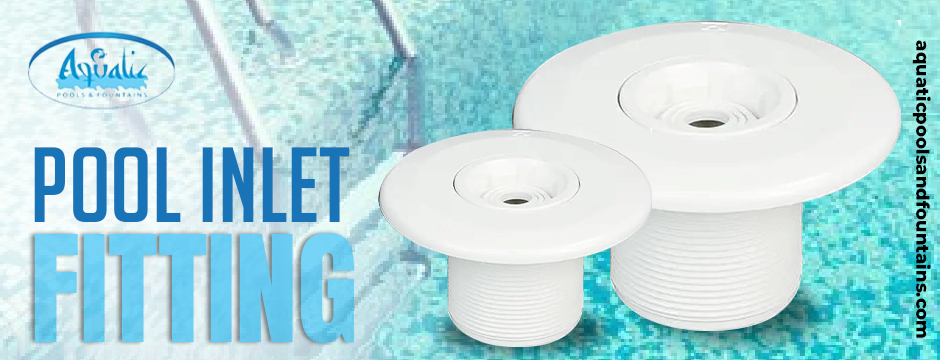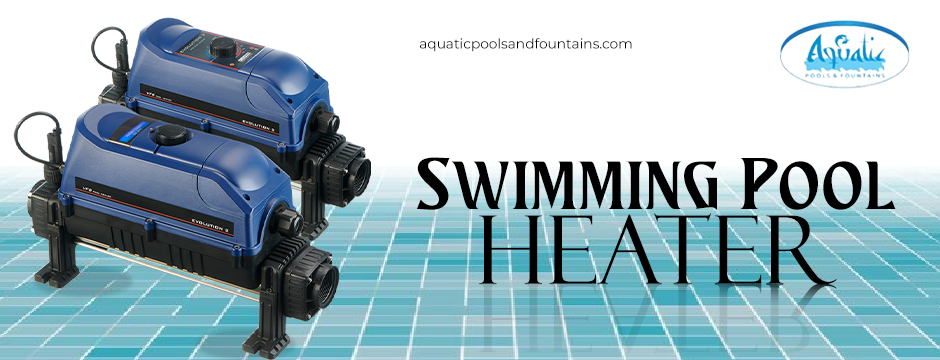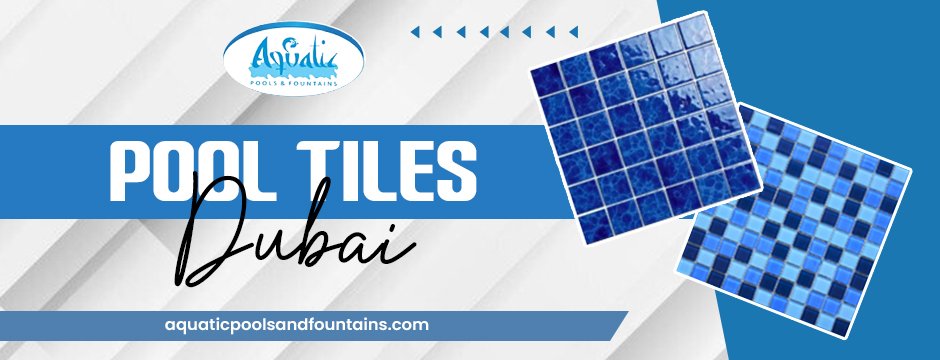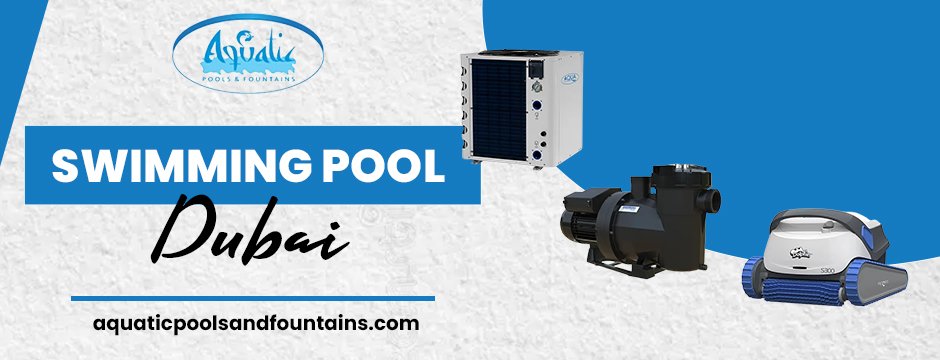Effortless Pool Maintenance: Essential Cleaning Equipment Every Pool Owner Needs
Owning a pool is a luxury that brings endless hours of fun and relaxation, but maintaining a pristine pool requires the right tools and knowledge. Proper maintenance ensures the pool remains safe and inviting, reducing the risk of algae, bacteria, and other contaminants. In this comprehensive guide, we’ll explore the essential swimming pool cleaning equipment every pool owner needs to keep their pool sparkling clean and well-maintained.

The Importance of Regular Pool Maintenance
Before diving into the specific tools, it’s crucial to understand why regular pool maintenance is necessary:
Health and Safety: Regular cleaning prevents the buildup of harmful bacteria and algae, ensuring the water remains safe for swimming.
Aesthetic Appeal: A clean pool looks inviting and enhances the overall ambiance of your backyard.
Equipment Longevity: Proper maintenance prevents damage to pool equipment, such as filters and pumps, extending their lifespan.
Cost Savings: Preventative maintenance helps avoid costly repairs and replacements in the long run.
Essential Swimming Pool Cleaning Equipment
Here’s a detailed look at the must-have swimming pool cleaning equipment for effortless pool maintenance:
1. Pool Skimmer
A pool skimmer is a net attached to a long pole designed to remove leaves, insects, and other debris floating on the pool’s surface. Regular skimming prevents debris from sinking to the bottom and clogging the filter.
How to Use:
1.Skim the pool daily, especially after windy days or storms.
2.Use a skimmer with a telescopic pole to reach all pool areas.
2. Pool Brush
A pool brush is essential for scrubbing the walls, floor, and steps of the pool. Regular brushing prevents algae and dirt buildup, keeping the pool surfaces clean.
Types of Pool Brushes
Nylon Brushes: Suitable for vinyl, fiberglass, and painted concrete pools.
Stainless Steel Brushes: Ideal for unpainted concrete and gunite pools.
How to Use:
1.Brush the pool at least once a week.
2.Focus on areas with poor water circulation, such as steps and corners.
3. Pool Vacuum
A pool vacuum removes debris and dirt from the pool floor. There are three main types of pool vacuums:
Manual Pool Vacuums: Manual operation is required using a pole and hose.
Automatic Pool Vacuums: Operate independently, moving around the pool to clean the surfaces.
Robotic Pool Vacuums: Advanced vacuums use smart technology to map and clean the pool efficiently.
How to Use:
1.Follow the manufacturer’s instructions for setup and operation.
2.Vacuum the pool at least once a week or as needed.
4. Pool Filter
The pool filter is the heart of the pool’s circulation system, removing impurities and keeping the water clear. There are three main types of pool filters:
Sand Filters: Use sand to filter debris from the water.
Cartridge Filters: Use replaceable cartridges for filtration.
Diatomaceous Earth (DE) Filters: Use a fine powder to filter even the smallest particles.
Maintenance Tips:
Clean or backwash the filter regularly according to the manufacturer’s guidelines.
Replace filter media as needed to ensure optimal performance.
5. Pool Pump
The pool pump circulates water through the filter, ensuring all pool areas are cleaned and treated. A well-functioning pump is essential for maintaining water quality.
Maintenance Tips:
Run the pump for the recommended daily duration (usually 8-12 hours).
Check and clean the pump basket regularly to remove debris.
6. Water Testing Kit
A water testing kit is essential for monitoring your pool’s chemical balance. Maintaining the correct pH, chlorine, and alkalinity levels prevents bacteria and algae growth.
Types of Testing Kits:
Test Strips: Simple and quick to use but need to be more accurate.
Liquid Test Kits: These are more accurate and provide detailed readings.
How to Use:
1.Test the water at least twice a week.
2.Adjust chemical levels according to the test results.
7. Pool Cover
A pool cover helps keep debris out of the pool, reducing the need for frequent cleaning. It also conserves water by reducing evaporation and helps maintain the water temperature.
Types of Pool Covers:
Solar Covers: Use the sun’s energy to heat the pool water.
Safety Covers: Provide a secure cover that prevents accidental entry.
Winter Covers: Protect the pool during the off-season.
How to Use:
1.Cover the pool whenever it is not in use.
2.Ensure the cover is securely fastened to prevent it from blowing off.
8. Pool Shock
Shocking the pool involves adding a large dose of chlorine to kill bacteria and algae. It’s a crucial part of pool maintenance, especially after heavy use or during algae blooms.
How to Use:
1. Follow the manufacturer’s instructions for the correct dosage.
2. Shock the pool at least once a week or after heavy use.
9. Algae Brush
An algae brush is specialized to remove stubborn algae from pool surfaces. It typically has stiff bristles that can scrub off algae effectively.
How to Use:
1. Use the algae brush on areas with visible algae growth.
2.Brush the affected areas thoroughly to remove all traces of algae.
10. Pool Tile Cleaner
A pool tile cleaner removes calcium deposits and other stains from the tiles around the pool. Regular cleaning keeps the tiles looking new and prevents buildup.
How to Use:
1. Apply the cleaner according to the manufacturer’s instructions.
2.Scrub the tiles with a brush to remove deposits and stains.
Tips for Effective Pool Maintenance
Develop a Routine: Consistency is key to maintaining a clean pool. Establish a regular maintenance schedule and stick to it.
Monitor Water Levels: Monitor the water level, ensuring it’s not too low (which can damage the pump) or too high (which can affect skimming).
Keep the Pool Area Clean: Regularly clean the area around the pool to prevent debris from blowing into the water.
Check Equipment Regularly: Inspect and maintain your swimming pool cleaning equipment to ensure it’s functioning properly.
Hire a Professional: If you’re unsure about maintaining your pool, consider hiring a professional pool service to handle the more complex tasks.
Conclusion
Maintaining a pool doesn’t have to be a daunting task. With the right swimming pool cleaning equipment, you can keep your pool in top condition, ensuring it remains a safe and inviting place for family and friends. Investing in high-quality tools and establishing a regular maintenance routine will save you time and money in the long run, allowing you to enjoy your pool to the fullest.
For more information on swimming pool cleaning equipment and to explore our range of products, visit Aquatic Pools and Fountains LLC. Dive into effortless pool maintenance and keep your pool sparkling clean all year round.







